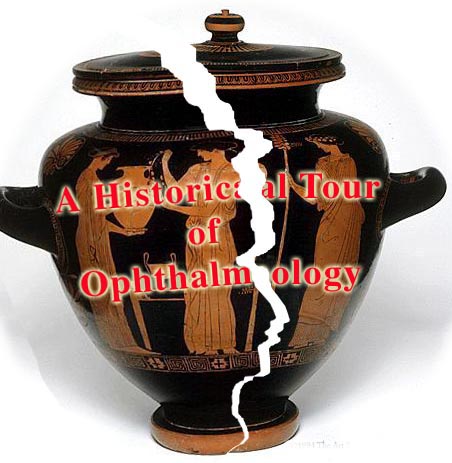


I am beginning my writings at the tail end of my career…..as a contracted civilian ophthalmologist working at a state-side military base. Fort Stewart, GA houses the 3rd Infantry Division. It is also the military base where from 2008 until 2010 I was fortunate to serve as a contracted ophthalmologist at Fort Stewart GA in the WRSEP. (Warrior Refractive Surgery Eye Program.).  Lt. Col Ava Huchun is the chief eye surgeon, a board certified ophthalmologist with advanced training in corneal disease and refractive surgery, and the principal who is responsible for the planning and development of this world class laser refractive surgery unit.The laser eye center occupies it’s own 15,000 square foot building and had over 1 million dollars in technology and surgical devices. Military ophthalmology is second to none. Dr. Huchun trained at the Wilmer Eye Institute, a department of the world renowned Johns Hopkins University. Some 20 soldiers, or more, each week, would have laser refractive surgery under her supervision with a staff of 4 optometrists, one additional eye surgeon and 8 technicians. The eye facility also provided general ophthalmology to other active duty soldiers as well as families and retired personnel. Many former active duty soldiers retire in the surrounding area of Hinesville just 40 minutes from Savannah, GA.
Lt. Col Ava Huchun is the chief eye surgeon, a board certified ophthalmologist with advanced training in corneal disease and refractive surgery, and the principal who is responsible for the planning and development of this world class laser refractive surgery unit.The laser eye center occupies it’s own 15,000 square foot building and had over 1 million dollars in technology and surgical devices. Military ophthalmology is second to none. Dr. Huchun trained at the Wilmer Eye Institute, a department of the world renowned Johns Hopkins University. Some 20 soldiers, or more, each week, would have laser refractive surgery under her supervision with a staff of 4 optometrists, one additional eye surgeon and 8 technicians. The eye facility also provided general ophthalmology to other active duty soldiers as well as families and retired personnel. Many former active duty soldiers retire in the surrounding area of Hinesville just 40 minutes from Savannah, GA.
The workload was considerable in addition to routine eye care for retinal degeneration, glaucoma, cataract and infectious diseases. In addition to the usual etiologies of eye problems, this is a very active base with troops being trained for deployment with heavy weaponry, armored vehicles, helicopters, and powerful personnel weapons. Trauma was related to personal conflicts and accidental discharges from weapons, or miss-directed friendly fire. Some injuries are also common in civilian life, blow-out fractures of the orbit, auto accidents, with facial and eyelid lacerations, and ruptured globes.
The Eye Clinic also provides a full range of optometric services by 4 optometrists.
Today’s US Military is a totally different organization than when I served in the U.S. Navy in 1969. It is a total support organization for soldiers, and their families in times of peace and conflict. “Army Strong”.



